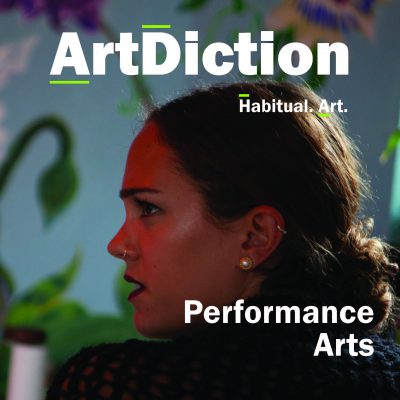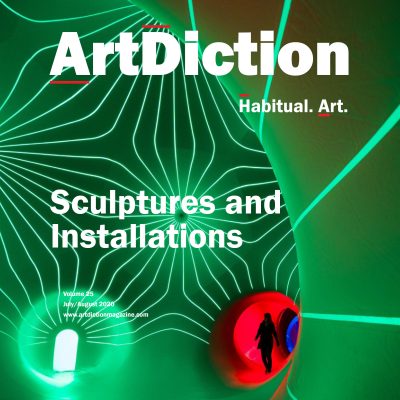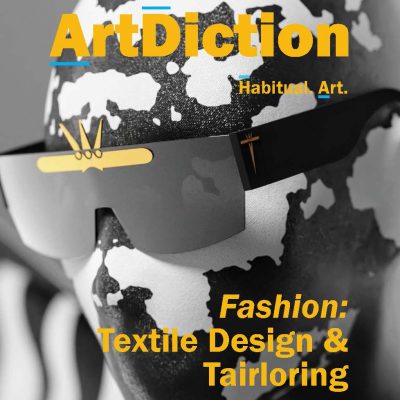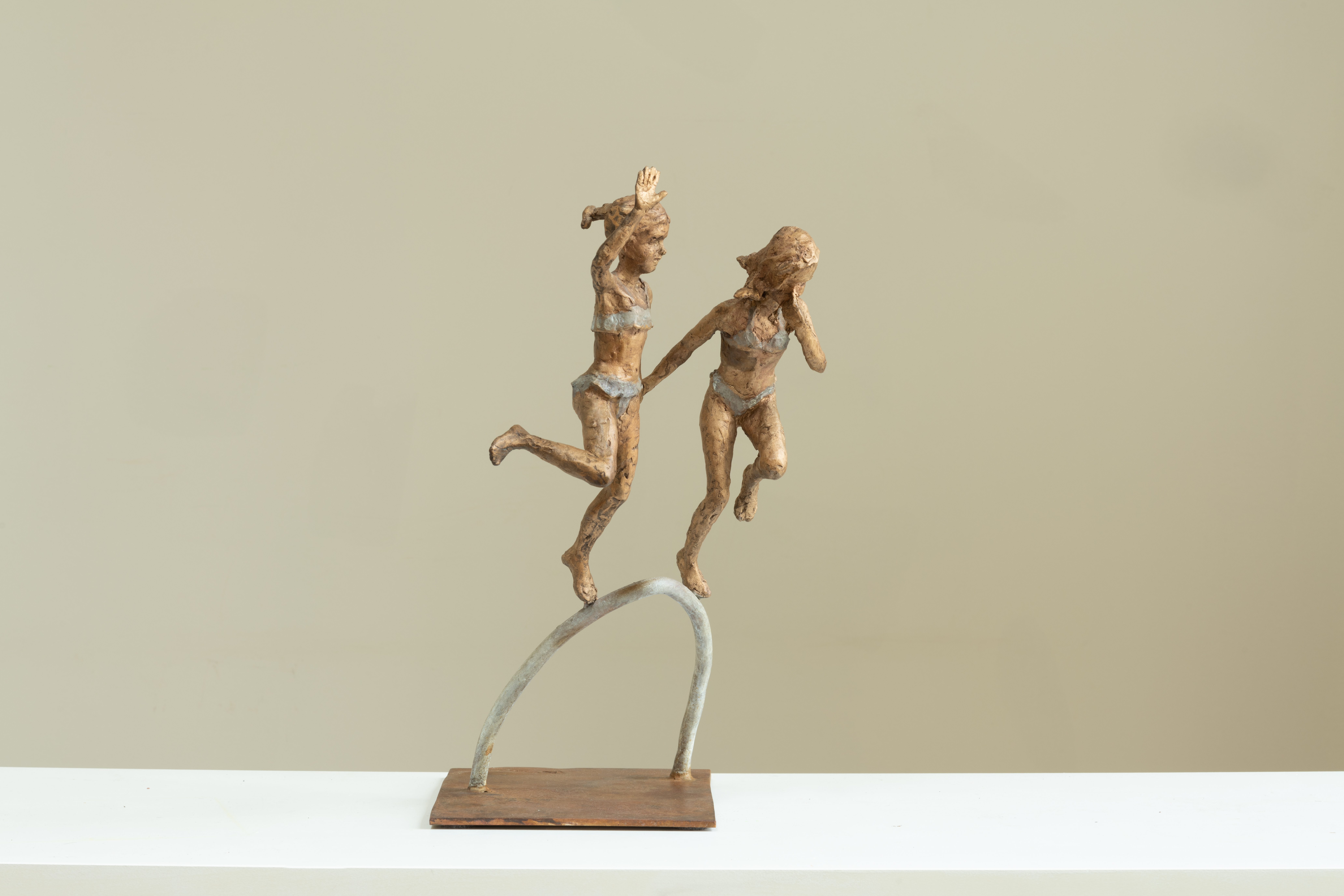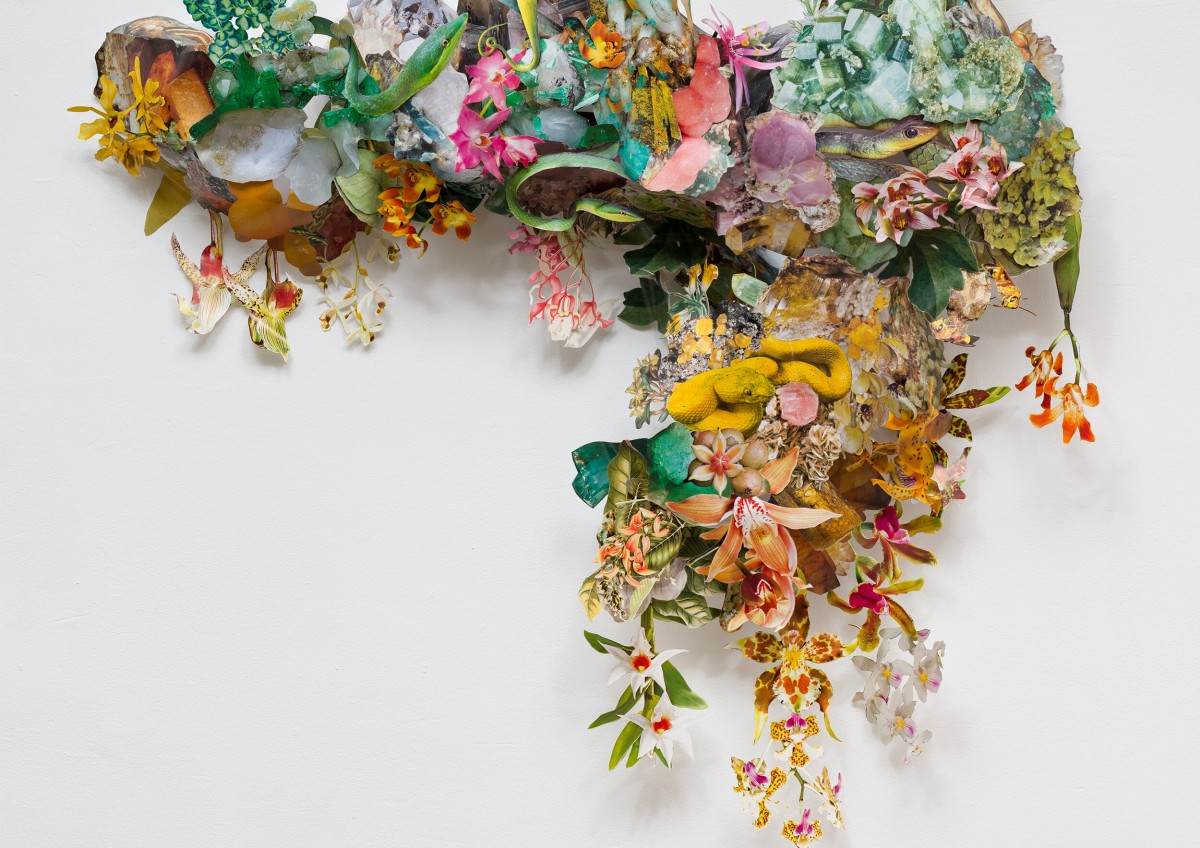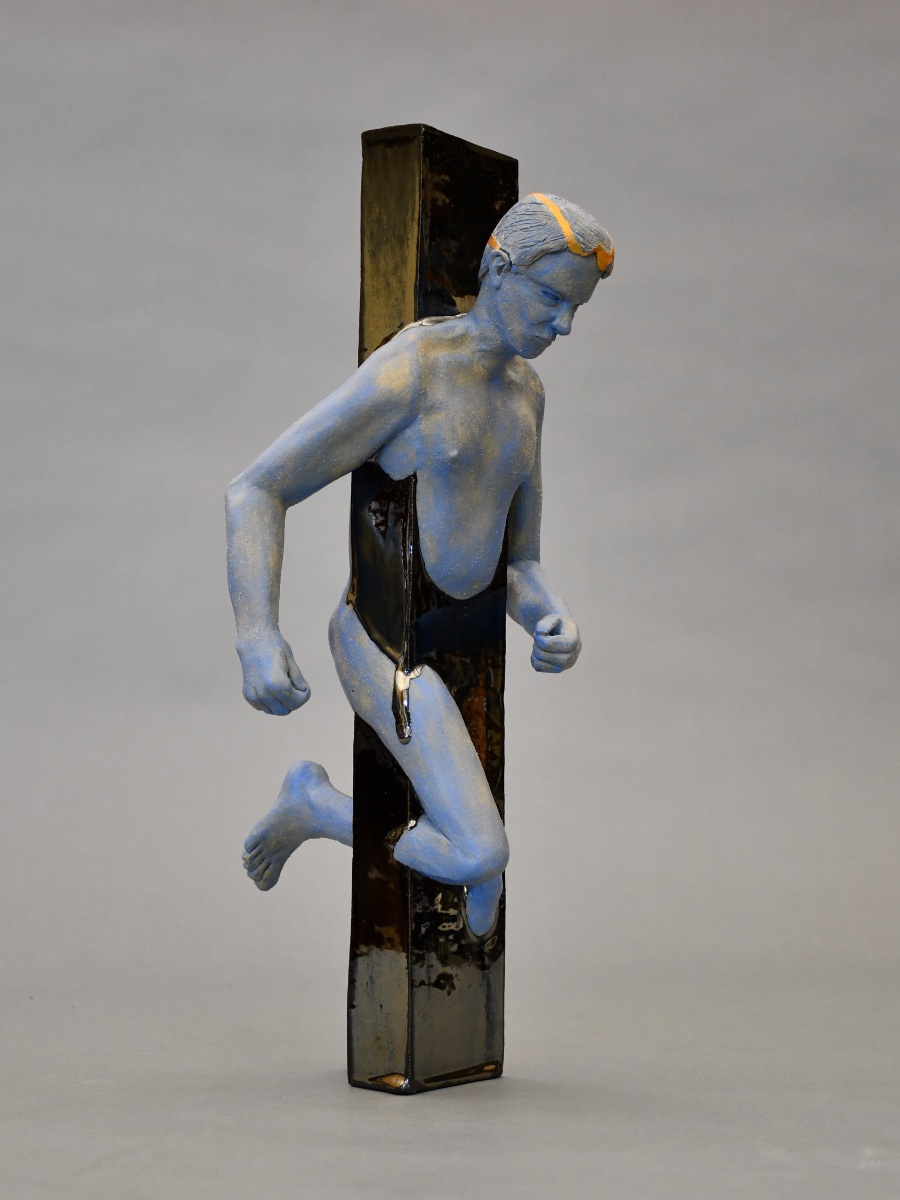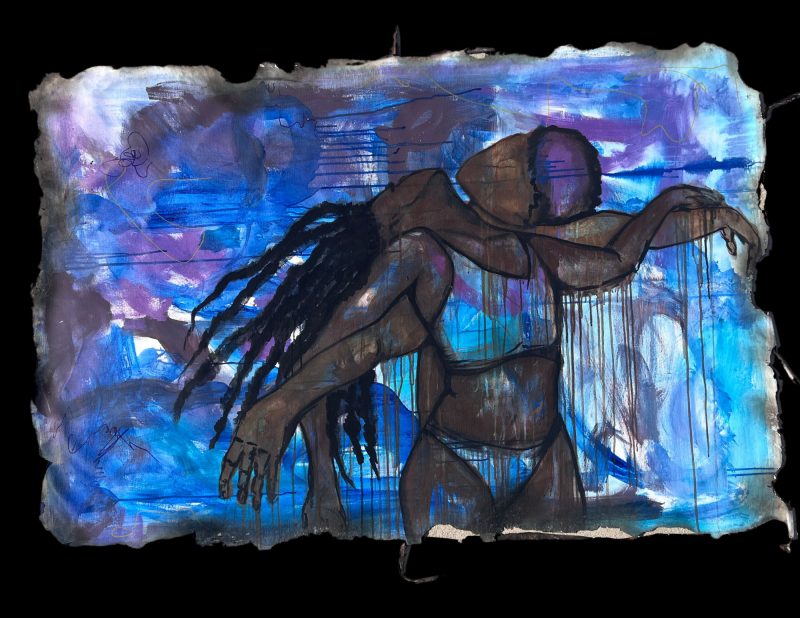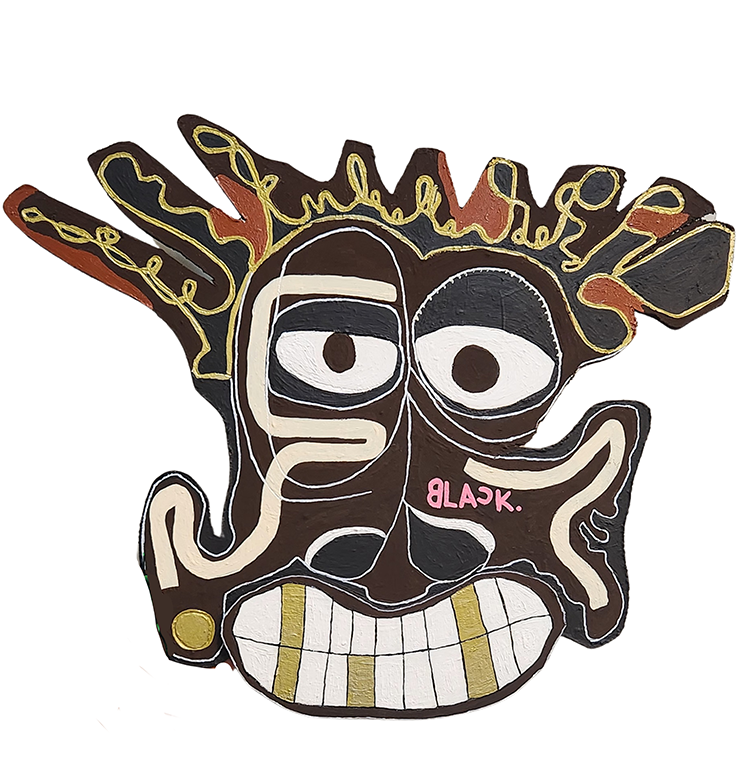May/June 2020
$9.99
Art has always had its unique way of documenting events in history. Especially is this true during times of political unrest, social injustices and racial inequalities. It’s hard to ignore a larger than life mural of the face of George Floyd, an unarmed Black man who was killed by a white police officer in Minneapolis. You’ll take pause at the spray-painted image of Breonna Taylor, a 26-year-old African-American emergency room technician, who was shot at least eight times and killed in her own home by police officers in Louisville. If you see creative images of Ahmaud Arbery, you’ll ask: “How, in the year 2020, can a 25-year-old black man be pursued, shot and killed by armed white residents while he jogs in his own neighborhood in South Georgia?” That is the power of art.
As planned since the beginning of the year, murals, graffiti and punk art is the focus of this issue. However, as a publication that examines how art fits into a social and cultural context, we have included a discussion on the roles of murals, graffiti, and street art—for better or worse—in times of protest. We also interview ELLE who began her career as an illegal street artist in New York but now creates murals all around the world.
Closely aligned with this topic is the subculture of Punk art. We examine its history and infiltration into mainstream society. We also interview visual artist Tré Koch who has an aesthetic that includes traces of the Punk culture, along with tattoo artist Evaldas Gulbinas whose work was inspired by the sights of his Lithuanian city.
As art serves as a time capsule of sorts in the midst of the chaos that comes along with 2020, I hope we can use it as a benchmark for changes to come—that images of slain people of color will not fill the walls of cities around the world. But instead, art will be used to document the celebrations and high points in life, for which I believe it was intended. Until then, stay safe. Pursue peace.
Out of stock


